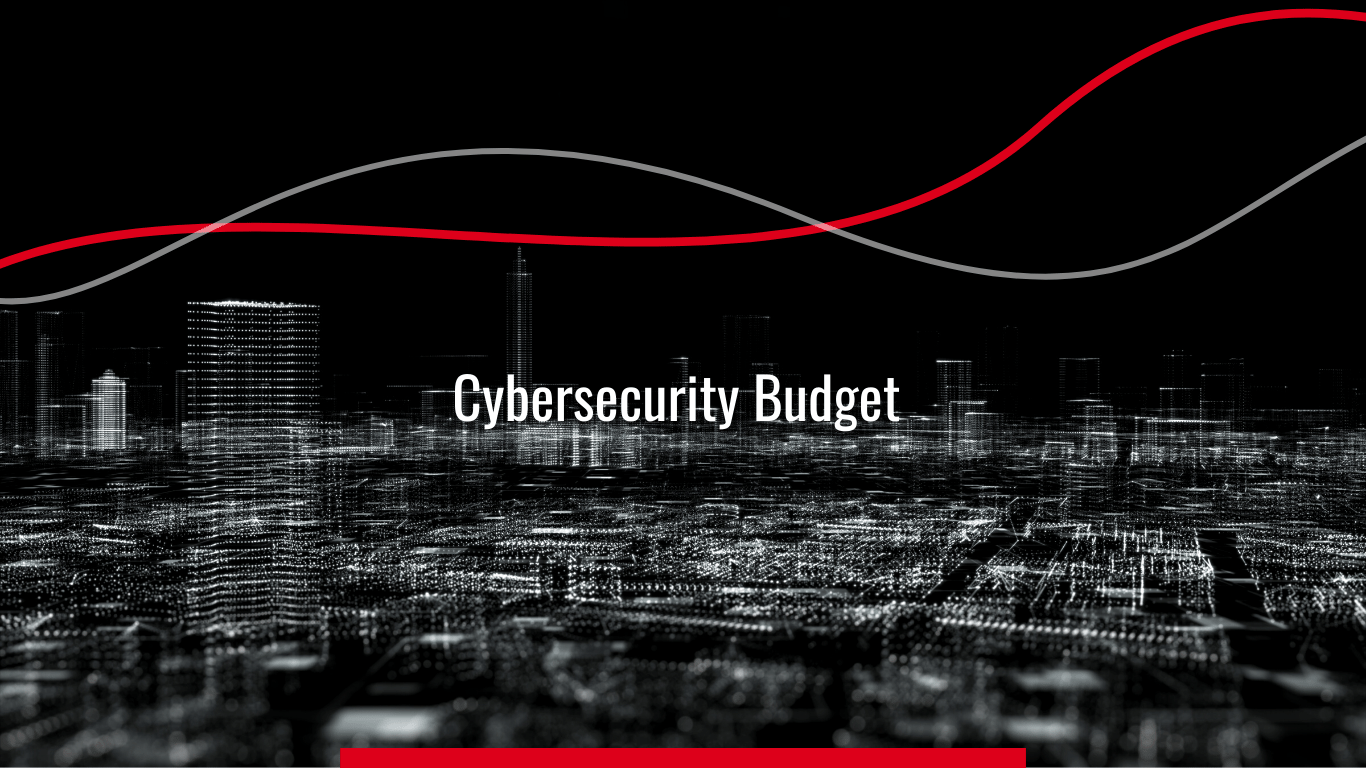Vendor Risk Assessment: Best Practices
Vendor partnerships can either benefit the company or put it at risk for disruptions to its operations...

The present hike in cybercrimes is the direct indication that companies must take their cybersecurity seriously and the first thing while planning is how much cybersecurity budget is enough?
According to Gartner (May 2021), worldwide cybersecurity spending is expected to grow 12.4% and reach $150.4 billion this year. Only a tiny portion of this percentage are end-users, the rest of them all are small to big companies. Big companies have deep pockets so they can easily afford high cybersecurity costs. While this is not the case with SMB’s (Small to Medium Size Businesses), because they are running on tight budgets and considering the situation, they must decide very wisely about how much cybersecurity spending should be.
Another report from AnalysysMason (June 2021) has predicted that SMB’s will spend $90 billion on cybersecurity in 2025, as compared to the year 2020 which was $57 billion. Research analysis has shown that cybersecurity is a serious matter for all SMBs around the globe and CFO’s must have to play a vital role in allocating the needed budget. CFOs should be aware that a successful cyber breach can cost them a tremendous amount of money as compared to a decent cybersecurity budget. In the US, the average cost of a data breach already reached $9+ million USD.
This is the question which most of the businesses took time to understand and those businesses do not exist nowadays because they had faced critical cyber-attacks when they were defenseless. As we have mentioned in our previous article about the Importance of VPN (Virtual Private Networks) for work from home and remote employees, that 60% of businesses who were victims of cyber-attacks are out of business in the coming six months.
There is a lengthy list of reasons which indicate why your company needs a security budget but the most critical of them are:
Considering these reasons, SMB’s must-have to react ASAP to decide how much to spend on cybersecurity. SMB’s needs to consult their security experts and discuss how much risk is involved and how much cybersecurity expense is enough to secure the company’s communication and valuable assets.

When it comes to securing your assets from cybercriminals then obviously it must have some cost. If you ask, “how much cybersecurity budget is enough?” then the most common reply would be “it depends.”
Yes! It depends on the nature, services, size, value of assets, and income of your business.
Firstly, you have decided which approach is most suitable for your business. Below are the three approaches which can be used while allocating a budget for cybersecurity.
If you are a small business, then this approach is best for you. This approach is also known as the reactive or ad-hoc approach. Adopting this approach needs some preconditions:
So, what you are doing is not allocating a huge amount of your micro-managed budget to cybersecurity. Instead, you are reserving some budget for sudden changes i.e., malware breach or new compliance law. So, you can use that reserve budget to cope with the situation.
This approach is also called the comparative approach. First, you must find out how well your existing security system is performing with a particular benchmark, and then you compare your system with your competitors. This will tell you if your system is weak at some points or it is enough for your company.
Identify the most vulnerable and valuable assets of your business and set your budget to secure those assets. Instead of protecting all your infrastructure, you first protect your valuable assets. The combination of this approach with the benchmark approach can provide you with robust IT security for your business.
Critical and most vulnerable areas vary from business to business. But here are some mandatory areas for which you need to secure and set a budget:
Keeping the above-mentioned approaches and critical areas in mind, SMB’s must decide the budget for their cybersecurity. A survey by Deloitte and FS-ISAC revealed that SMBs spend at least 7% to 12% of their IT budget on cybersecurity which equals 0.5% of company revenue on average.
Cybersecurity expenses vary with the nature and values of businesses. Every SMB must decide their cybersecurity plans depending on several factors and set enough budget to cope with cybercriminals.
SMBs are hot targets for cybercriminals, and SMB’s needs to figure out whether they are spending enough on their cybersecurity. Preventing cyber-attacks is less expensive than recovering from them. It is critical for CFOs to prioritize the investment in securing their IT infrastructure against security breaches. Using the information in the article, relevant decision-makers can easily decide what to do and how to do it.
Get the report of your quanitified cyber risks with Humanize Sailence today.